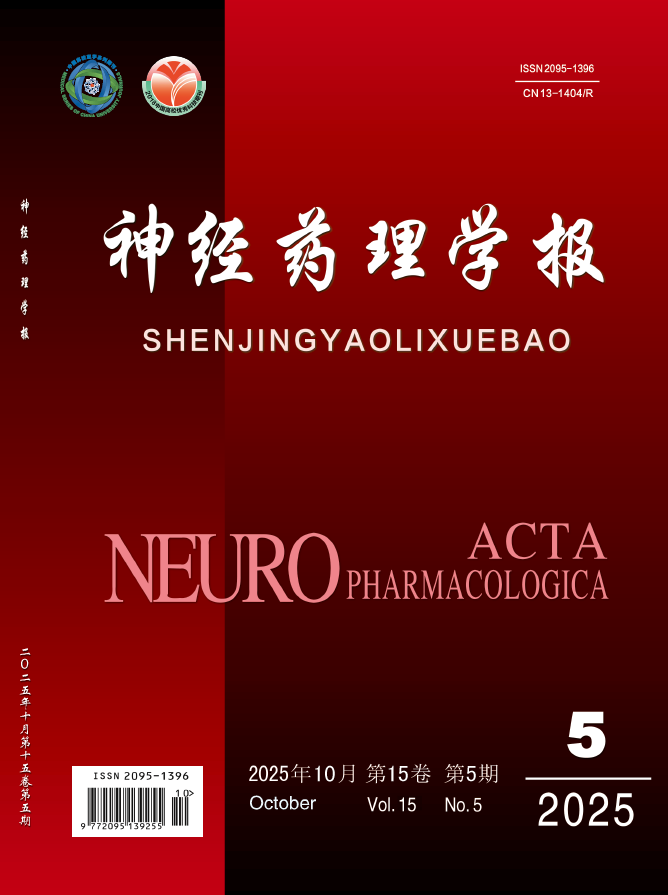Objective: Acute upper gastrointestinal bleeding is a common clinical
emergency, which can be life-threatening in severe cases and should be paid close attention to
Prompt diagnosis and treatment are critical, and previous guidelines recommend emergency
gastroscopy within 24 hours. To explore whether gastroscopy within 12 hours after admission is
a better time for AUGIB examination. Methods: A retrospective analysis was conducted on 244
patients who visited our emergency internal medicine department and received local anesthesia
under gastroscopy from August 2021 to August 2024 (patients with AUGIB during gastroscopy
examination). The patients were divided into two groups based on the time from emergency visit
to local anesthesia under gastroscopy: the emergency gastroscopy group (within 12 h) and the
elective gastroscopy group (after 12 h). The general clinical data, endoscopic diagnosis results,
interventional embolization rate, surgical rate, blood transfusion volume, ICU hospitalization
rate, average hospital stay, hospitalization cost, and mortality rate were compared between the
two groups. Results: The hospitalization rate of intensive care unit (ICU) in the emergency
gastroscopy group was higher than that in the elective gastroscopy group (P<0.05). There were
no statistically significant differences in gender, age, past medical history, hospitalization cost,
length of stay, blood transfusion rate, blood transfusion volume, emergency DSA rate, emergency
operation rate, and mortality between the two groups (P>0.05). Conclusion: Emergency
gastroscopy (examination time<12 h) is not a better time for gastroscopy in UGBI patients, does
not benefit patients, and may increase the risk.

